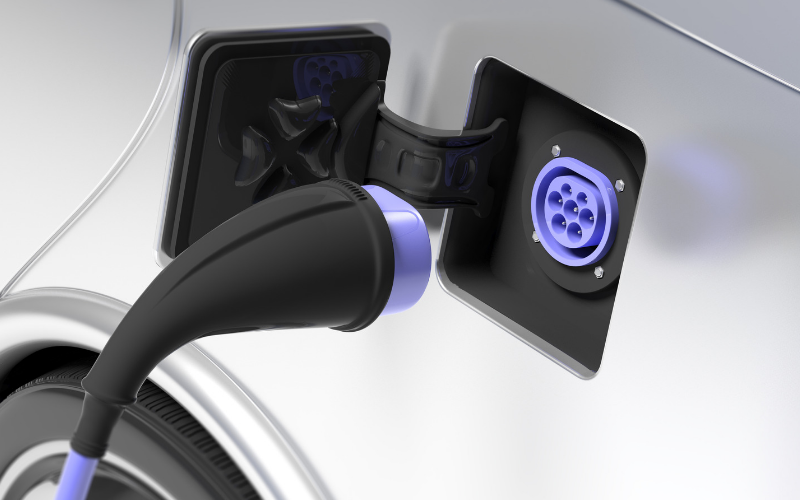Comparing Different Types of Electric Vehicle Chargers

As most electrical vehicle owners will already know, electric car charger types differ according to the needs of users and their vehicles.
Generally speaking, chargers can be split into three variations including slow, fast, and rapid and usually come with a special set of connectors. To help you understand more about electric vehicle charger types, we’ve put together a brief guide about the three main types of charge point:
1. Slow charging units
Slow chargers are commonly used to charge electric vehicles overnight at home and tend to provide up to 3 kW of power. Most of the time, these units are untethered, meaning that users must connect their vehicle to a charge point with a cable.
Slow chargers are not only found in the domestic sphere, however, with some workplaces and public areas offering this type of unit. Despite this, slow charging is becoming less common outside of the home due to how long it takes. Indeed, slow units working at maximum capacity will take between six and 12 hours to charge an electric vehicle.
Although vehicle owners can slow charge their cars using a standard three-pin socket, it is recommended that they purchase a specialised home charging unit to speed up charging times. Most home units feature what is known as a Type 2 cable that can also be found on public units. However, units may also be tethered with a Type 1 connector depending on the type of car that needs to be charged.
2. Rapid charging units
If you want to charge your vehicle as fast as possible, a rapid charger represents the most efficient solution. Indeed, rapid units are usually found in motorway service stations or close to busy roads and can recharge a car to around 80% capacity in 20 to 40 minutes. Unlike slow chargers, rapid chargers always feature a tethered charging cable and can provide an impressive 50 kW of power.
Not all electric vehicles are compatible with rapid chargers, however, so car owners must double check their user manual to verify whether they are able to use rapid chargers safely.
Soon, a new generation of rapid charger units that can reach up to 350 kW power output will be rolled out across the UK. This will hugely reduce charging times and improve efficiency for the owners of compatible cars.
3. Fast charging units
Fast chargers sit somewhere in between slow charging units and rapid charging units in terms of efficiency. Ultimately, the primary difference between electrical vehicle chargers is how much electricity they can transfer to a vehicle at any one moment. Fast charges are generally rated at either 22 kW or 7 kW, with charging times depending on the speed of the unit and the type of vehicle being charged. As a rule of thumb, a 7kW unit will be able to charge a compatible car in around three to five hours, whilst a 22 kW model will do the job in around one to two hours.
Fast charging units are usually found near public amenities such as car parks, leisure centres or supermarkets. Most of them are 7 kW models and are untethered. This means that any vehicle owner with a compatible cable will be able to use the charger.
Click Here To Visit Our Very Shiny EV Page!
Related Articles
How To Calculate the Cost of Running an Electric Car
Choosing a Public Charging Network for your EV